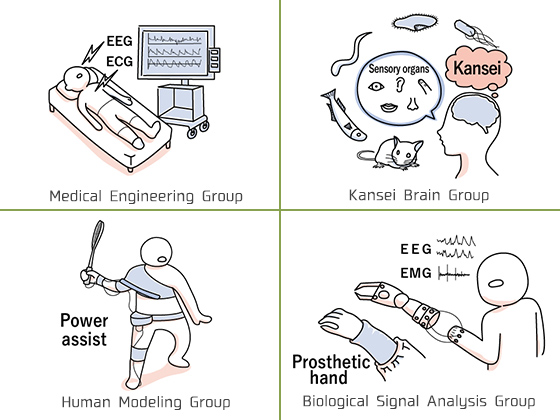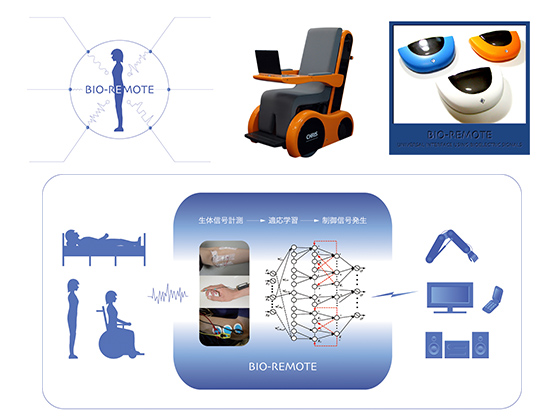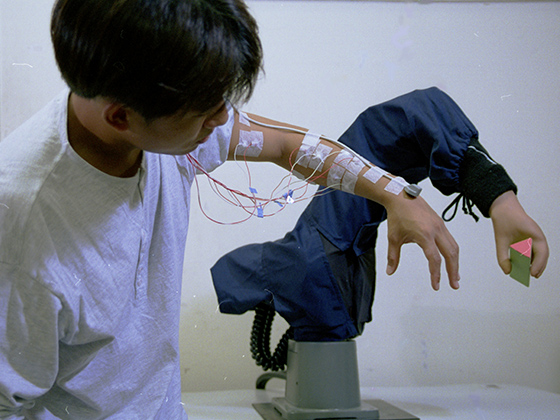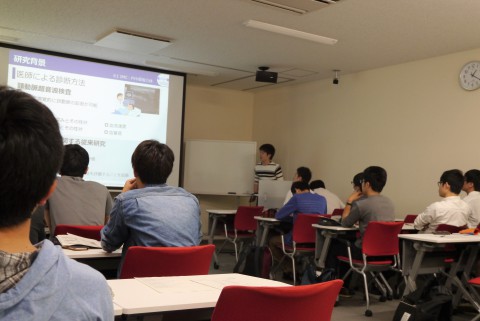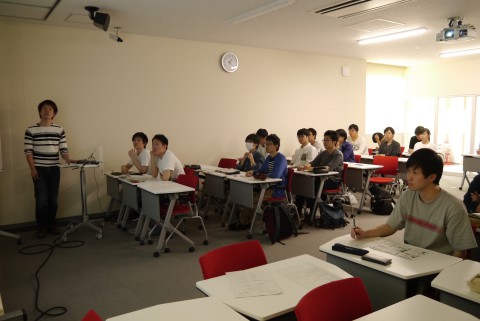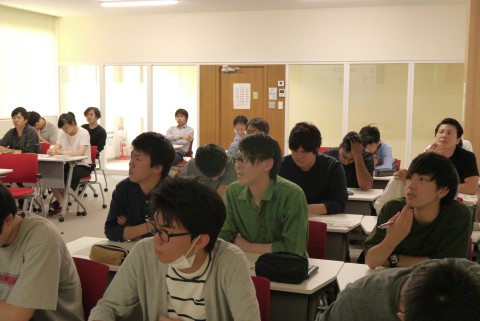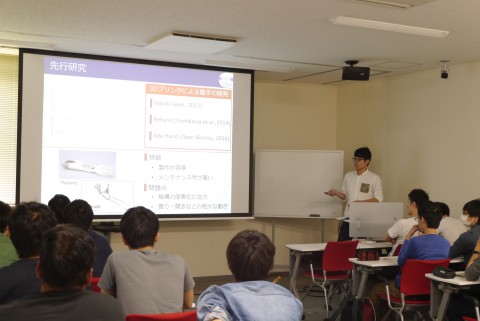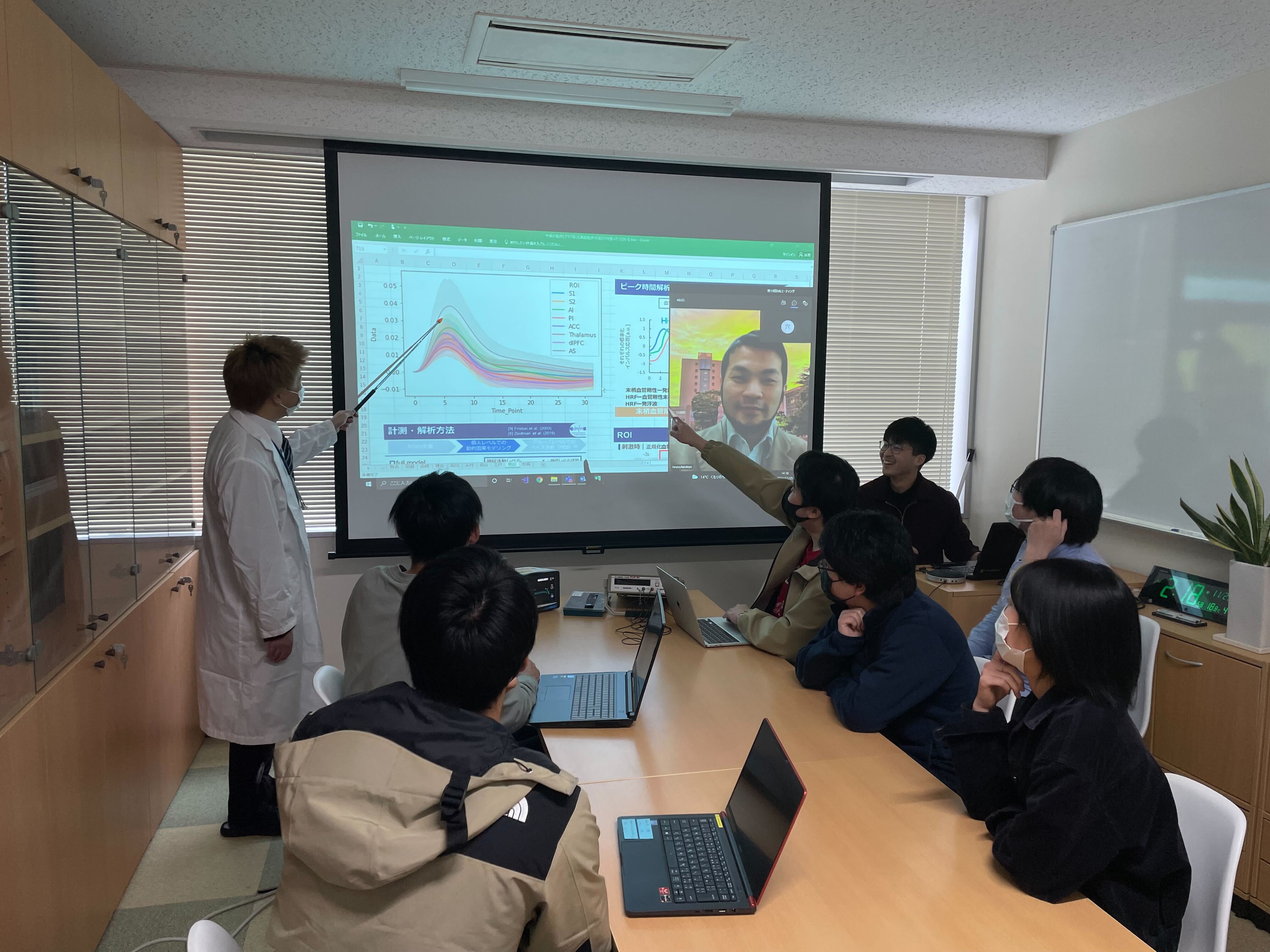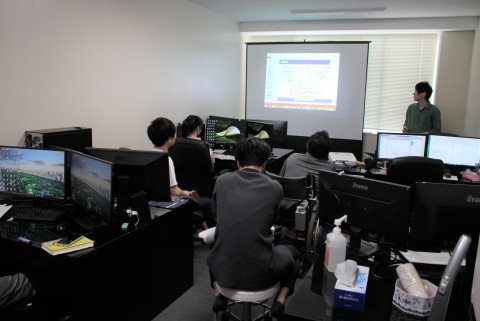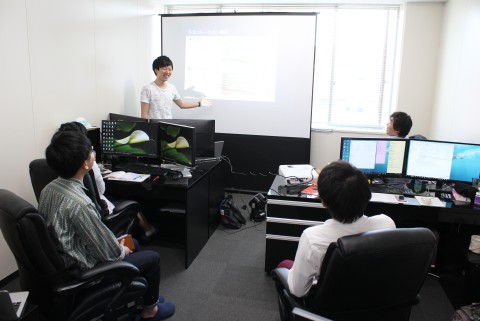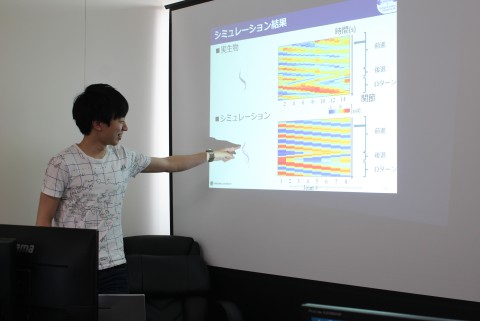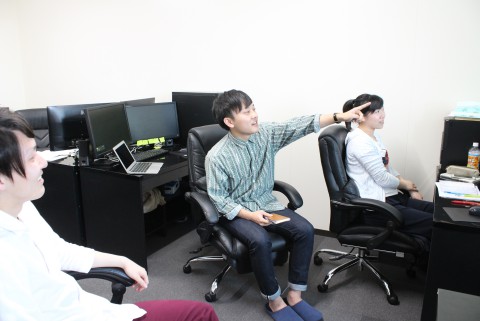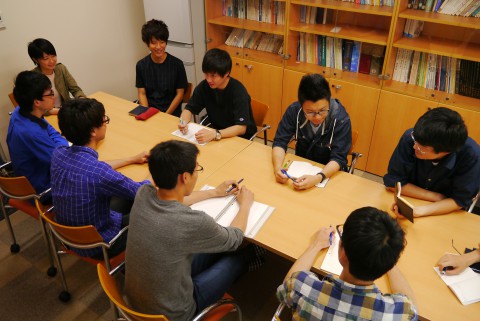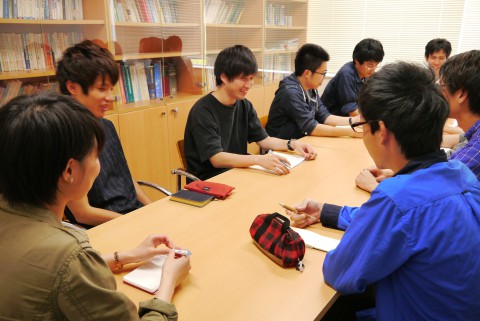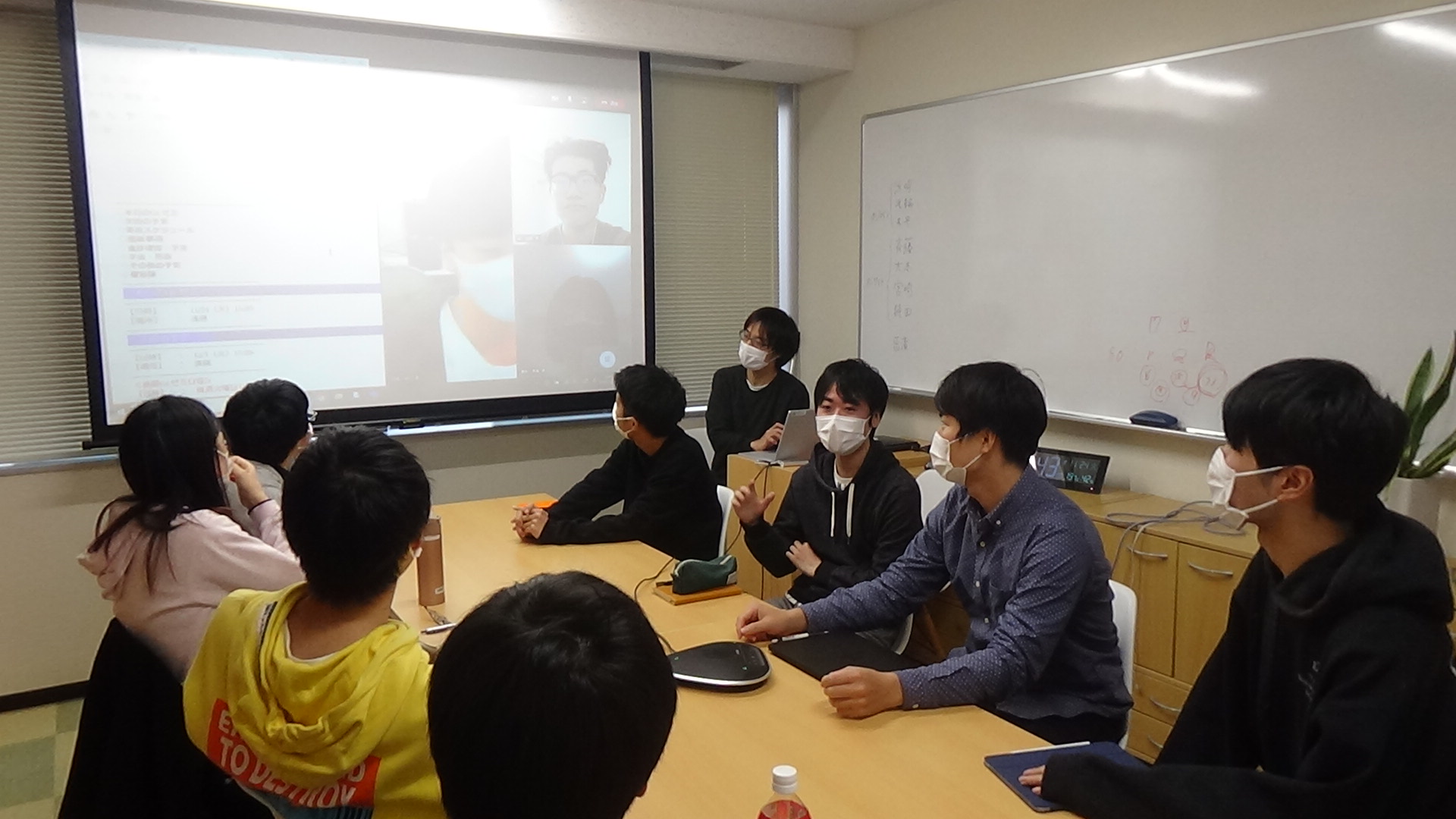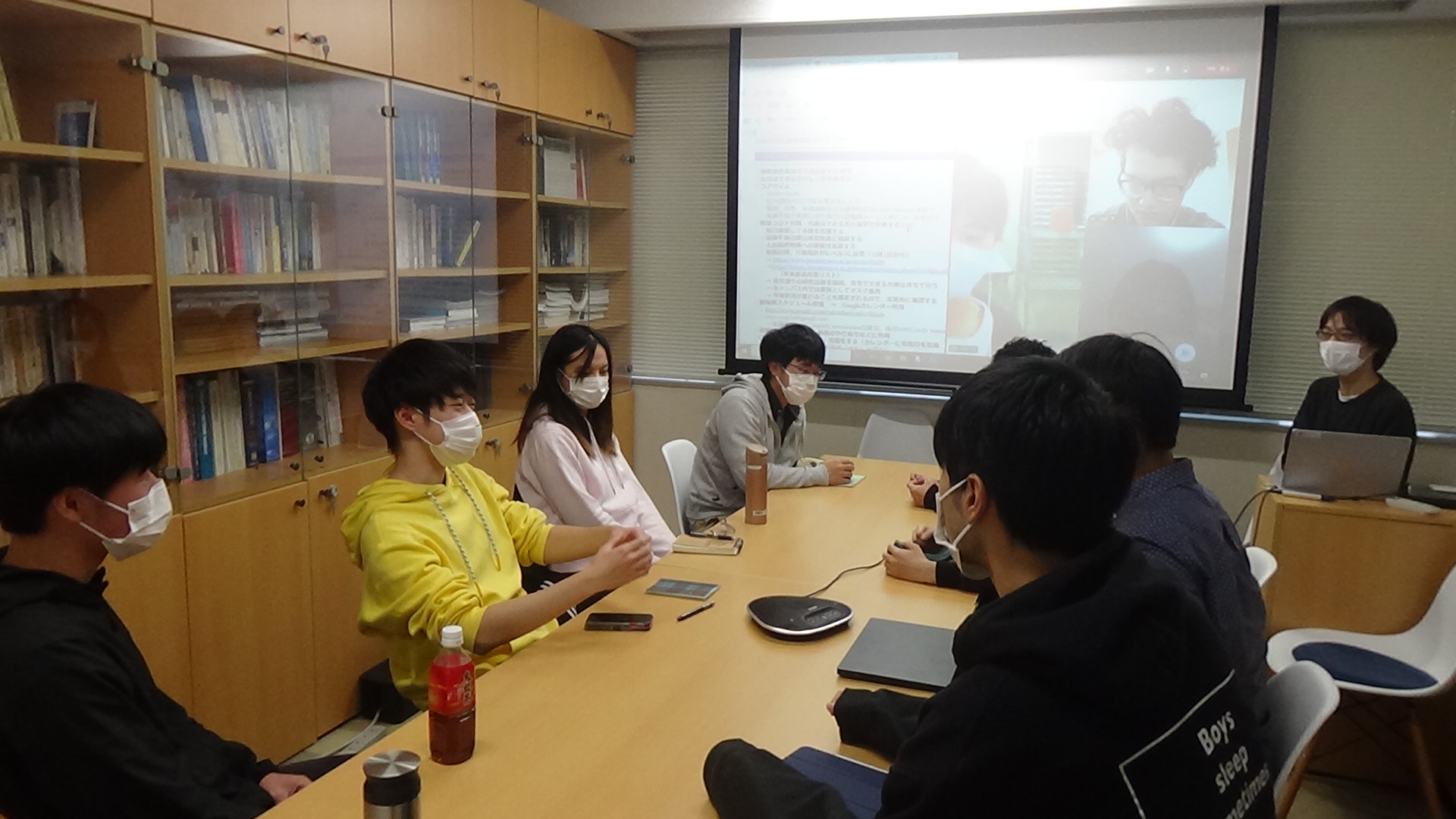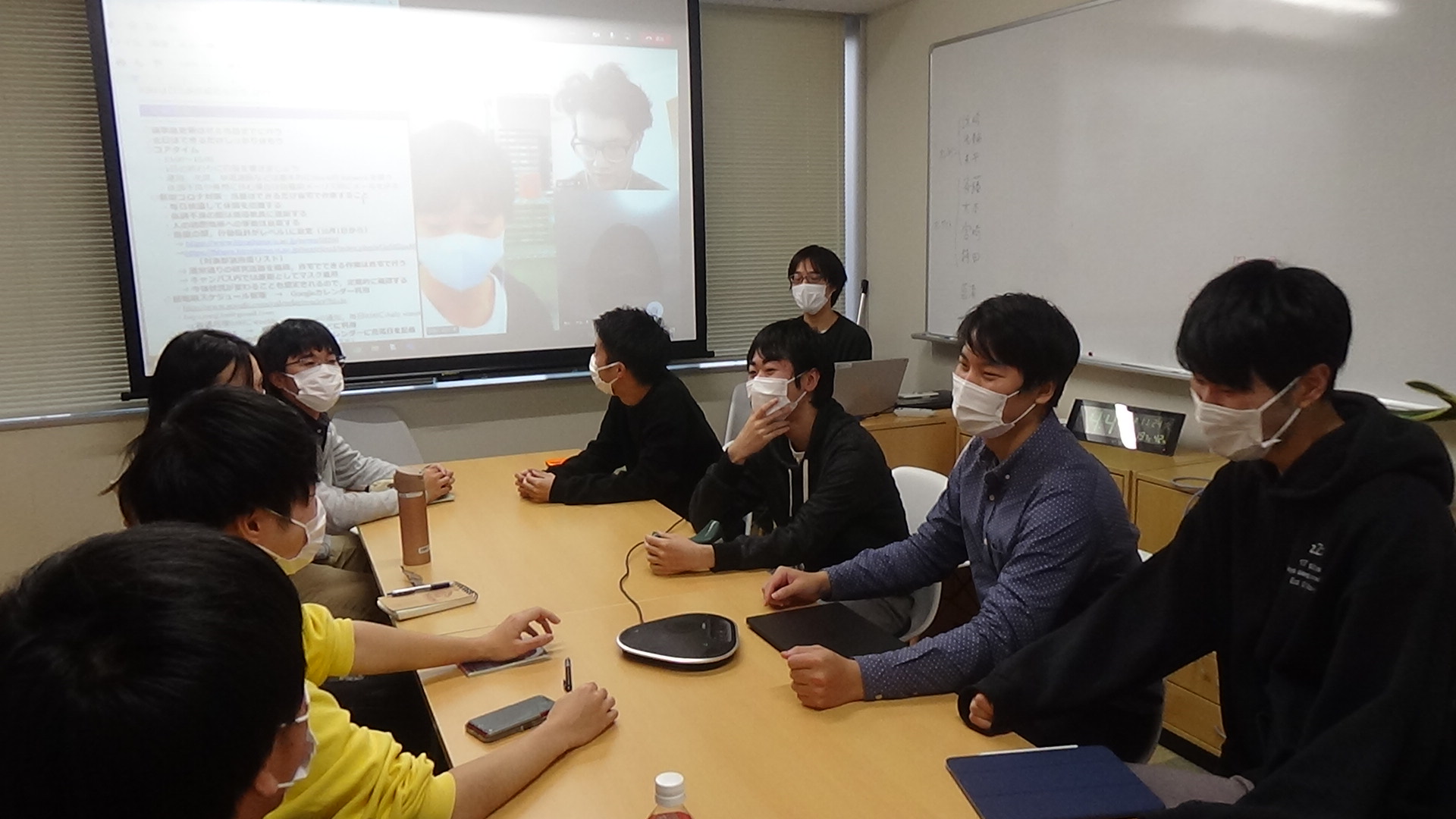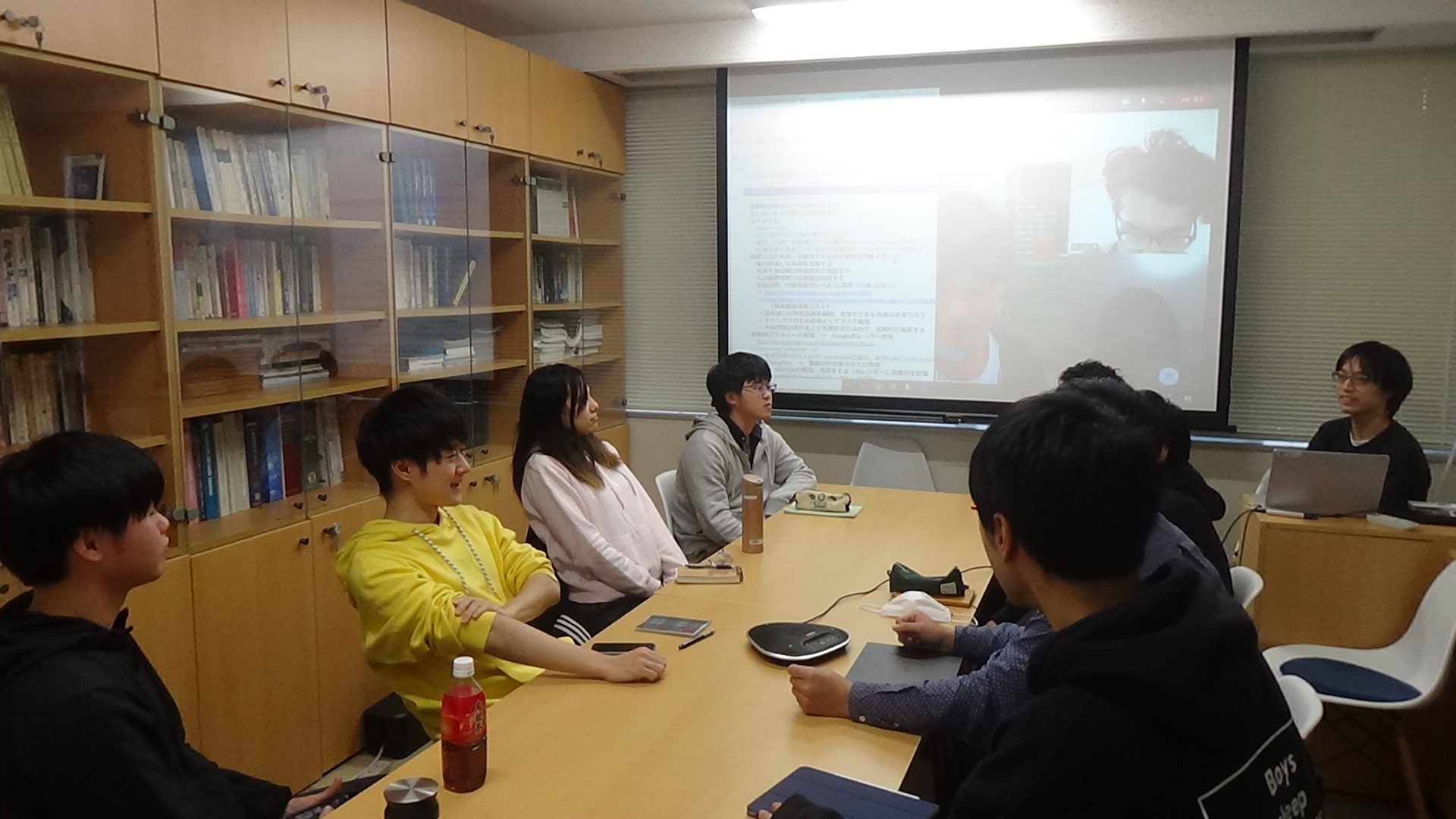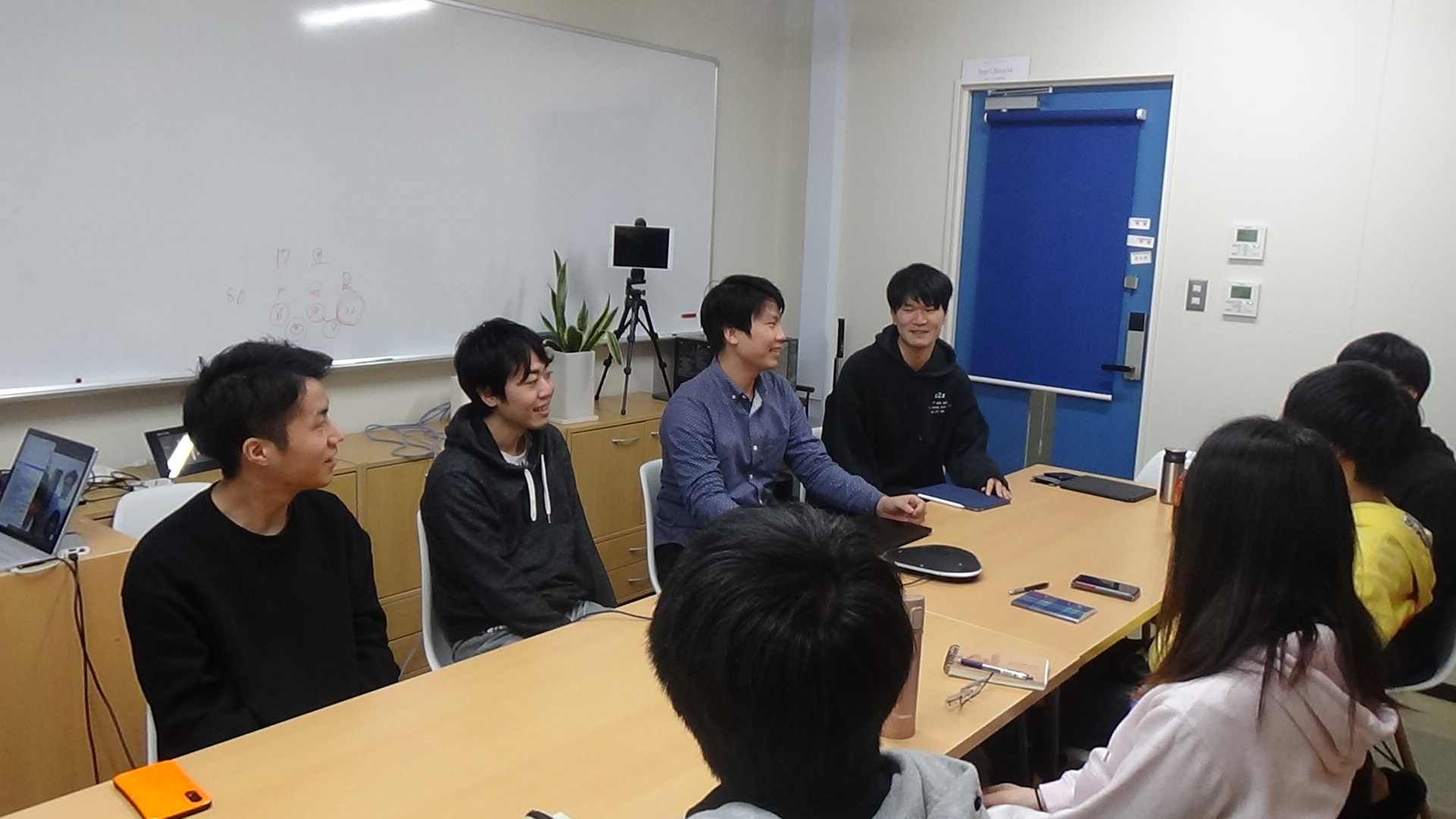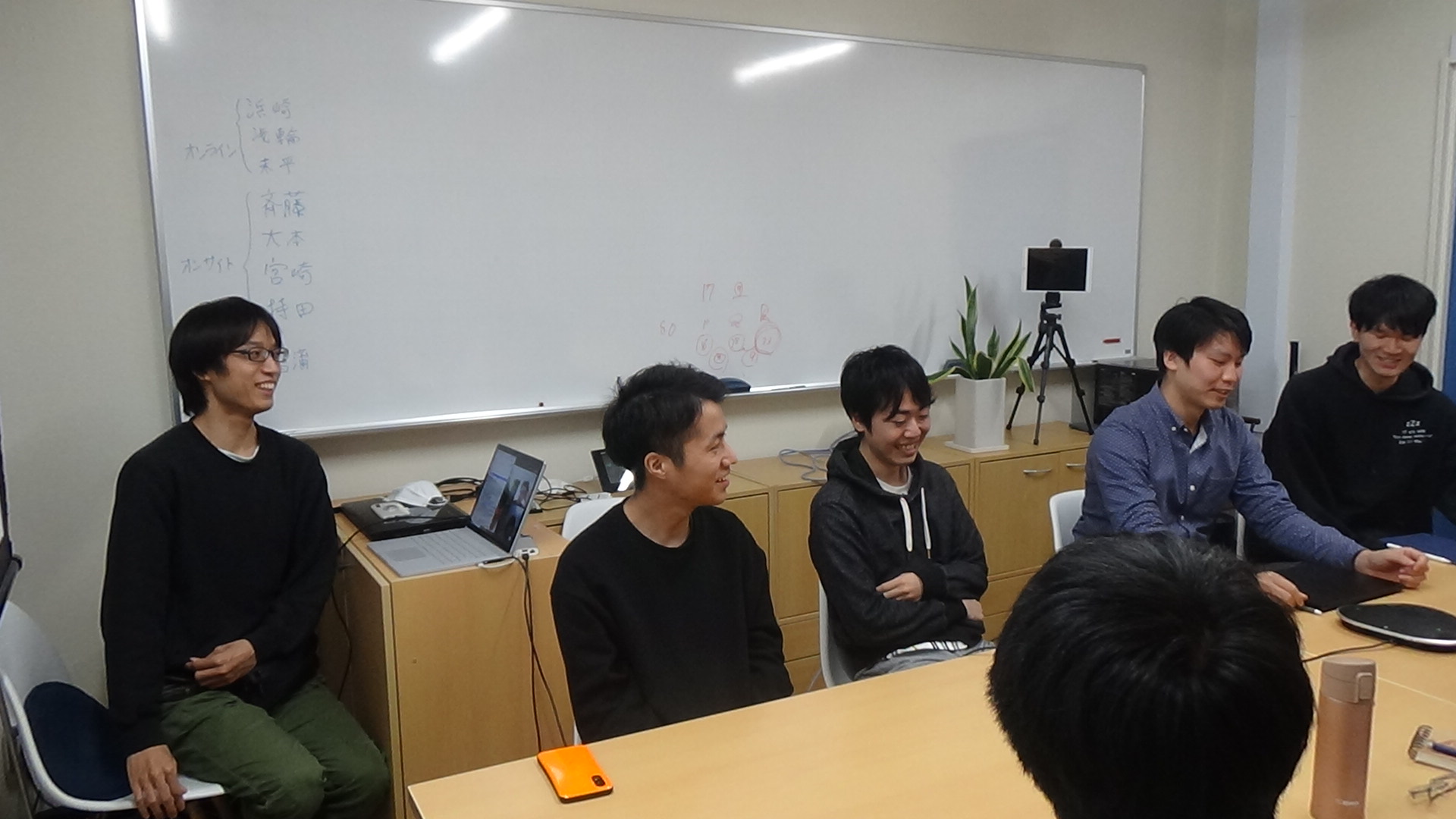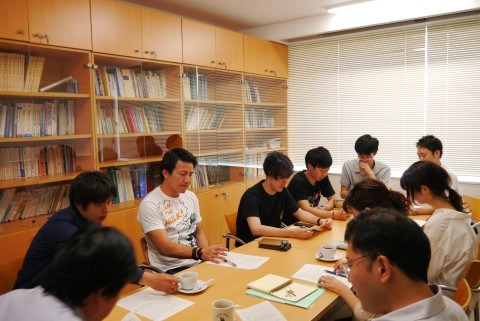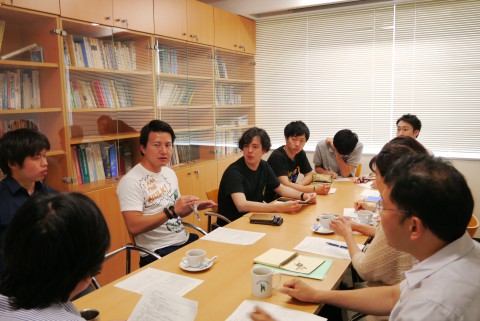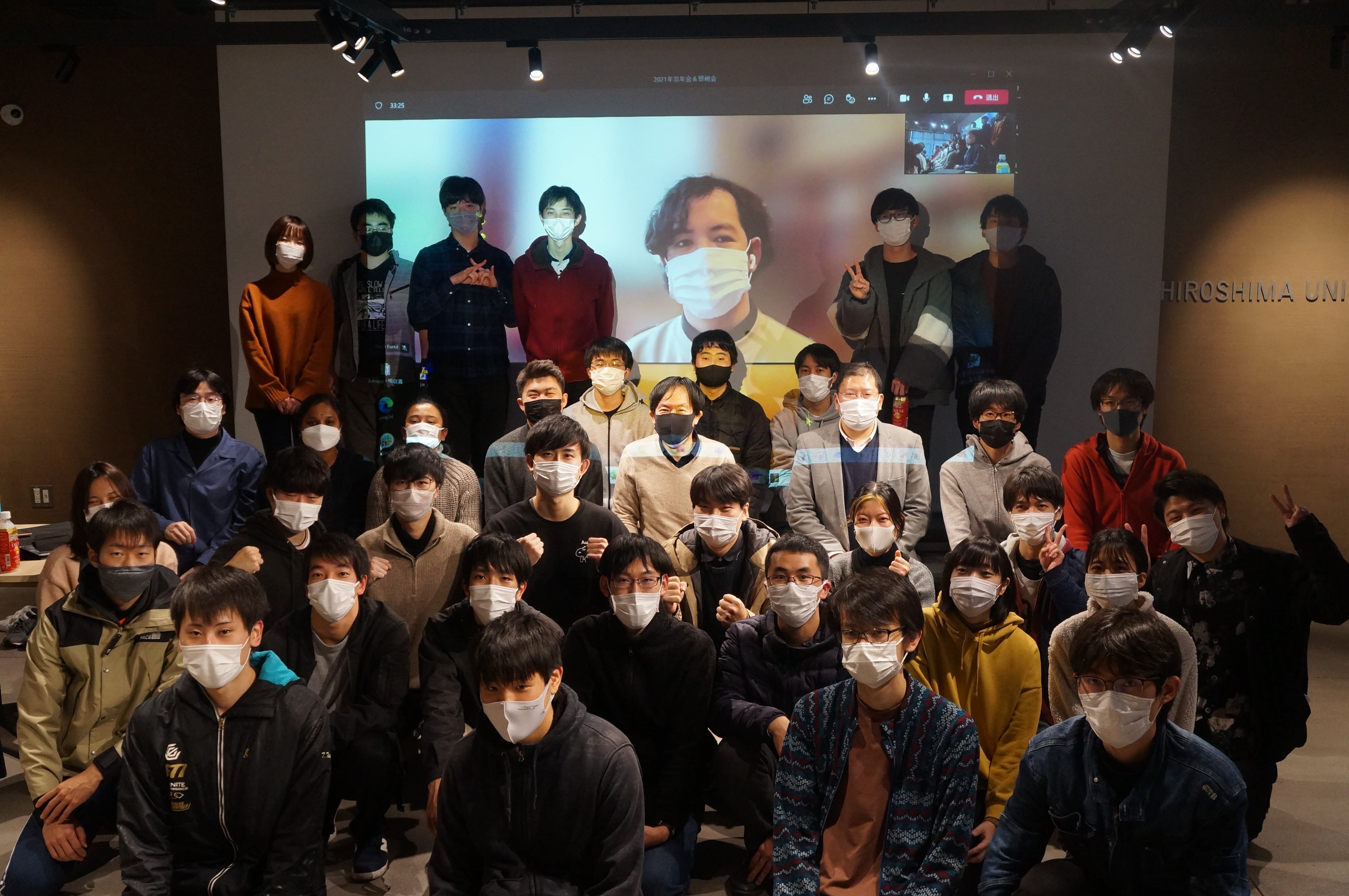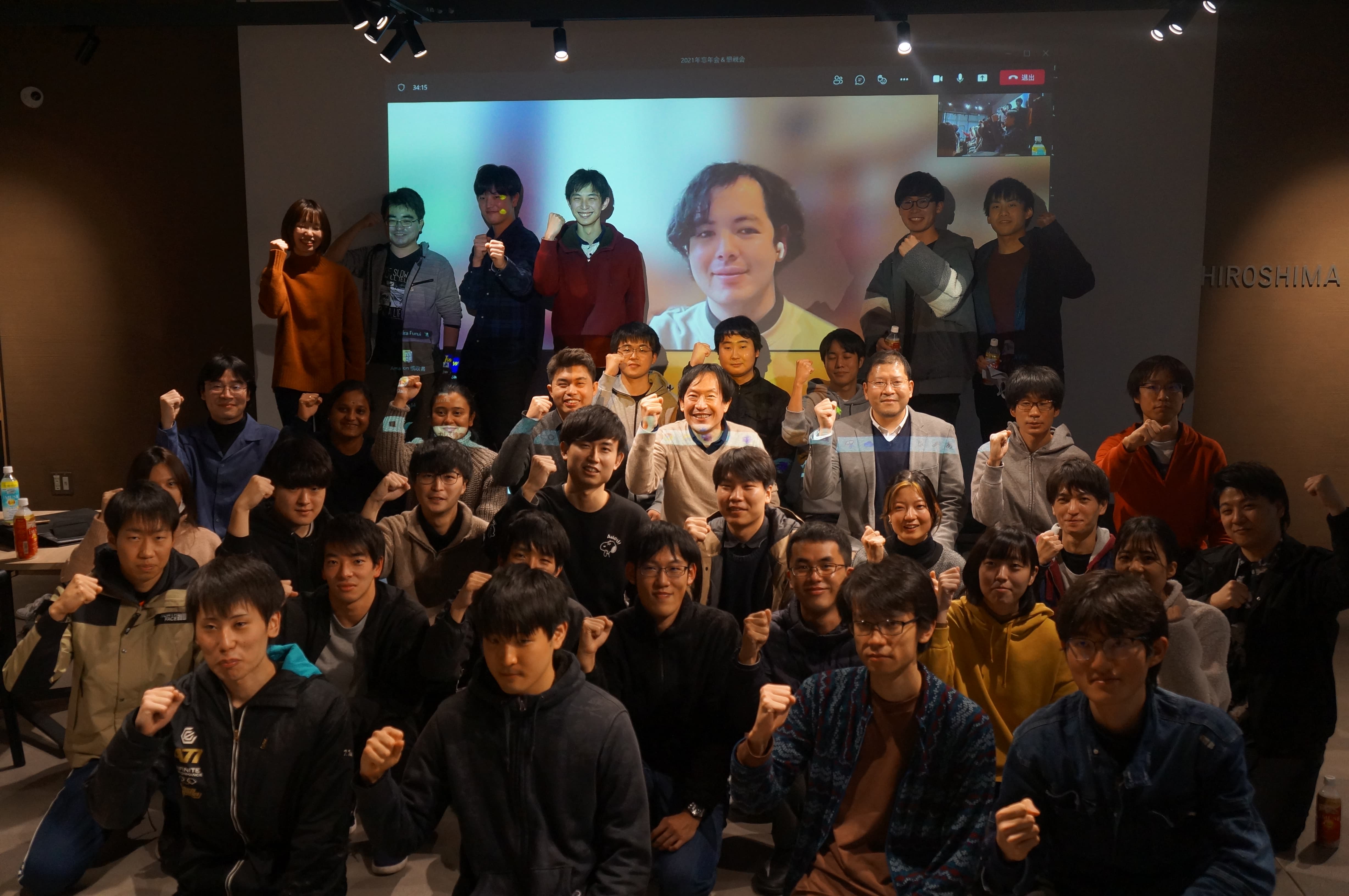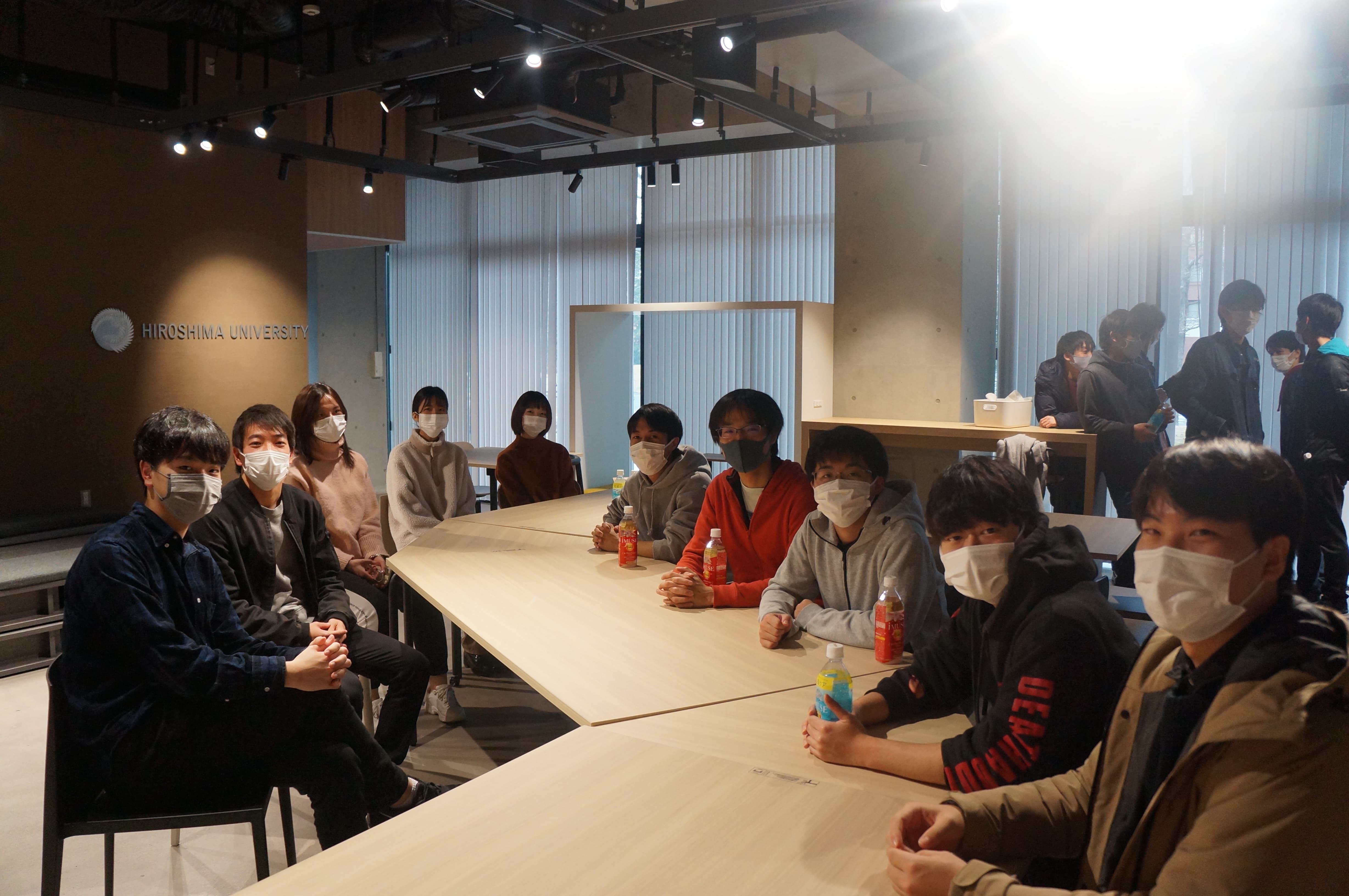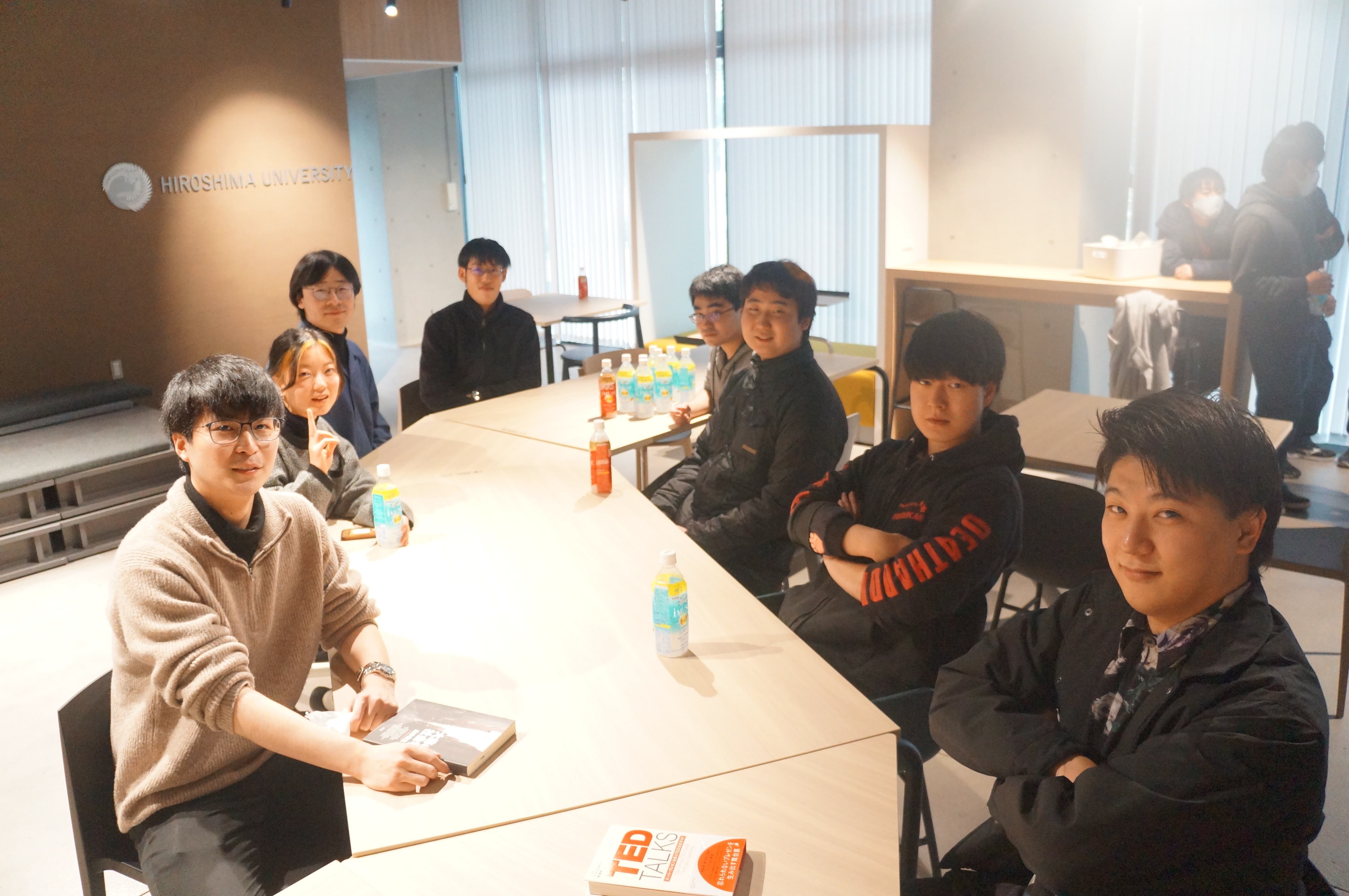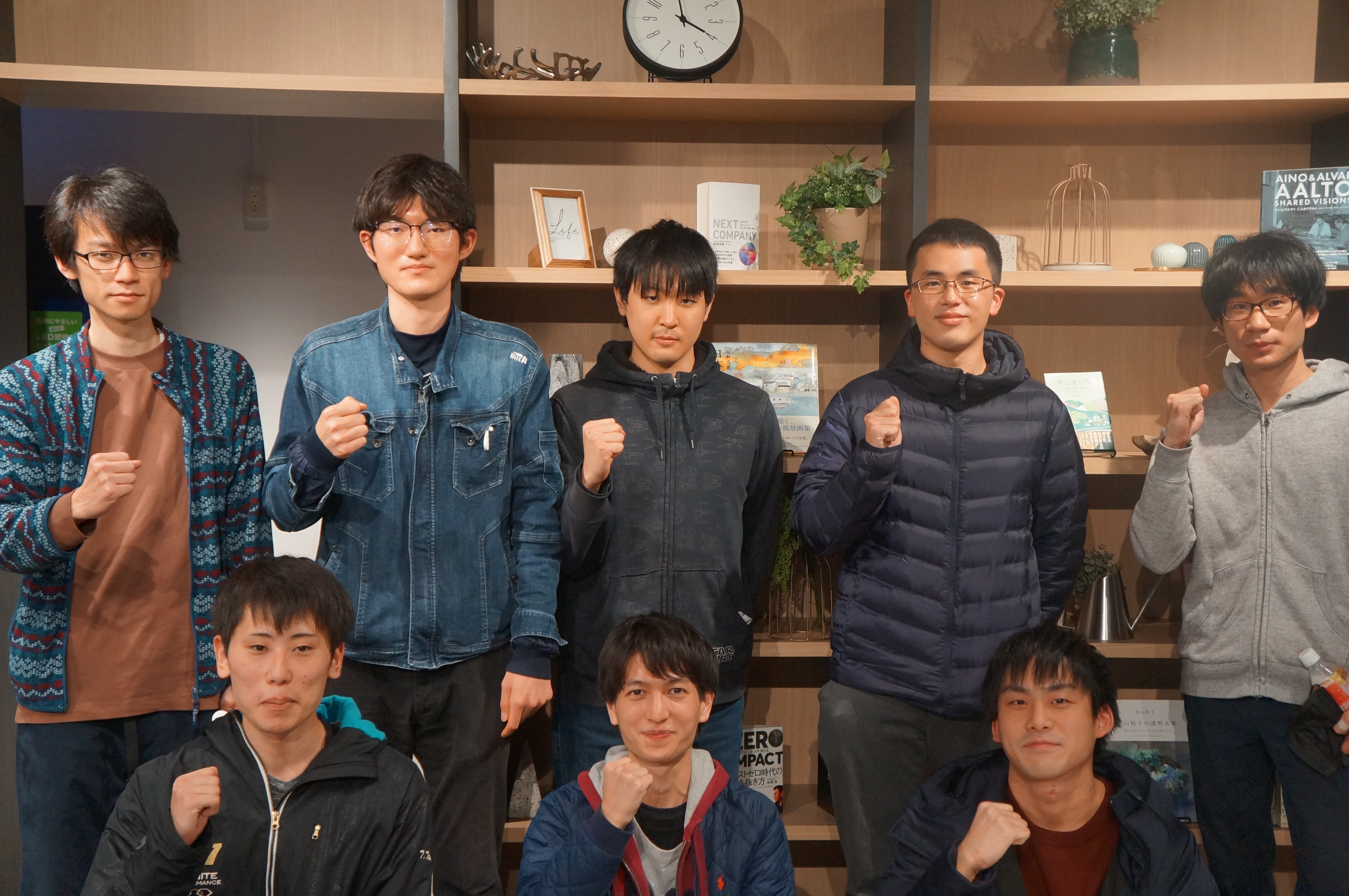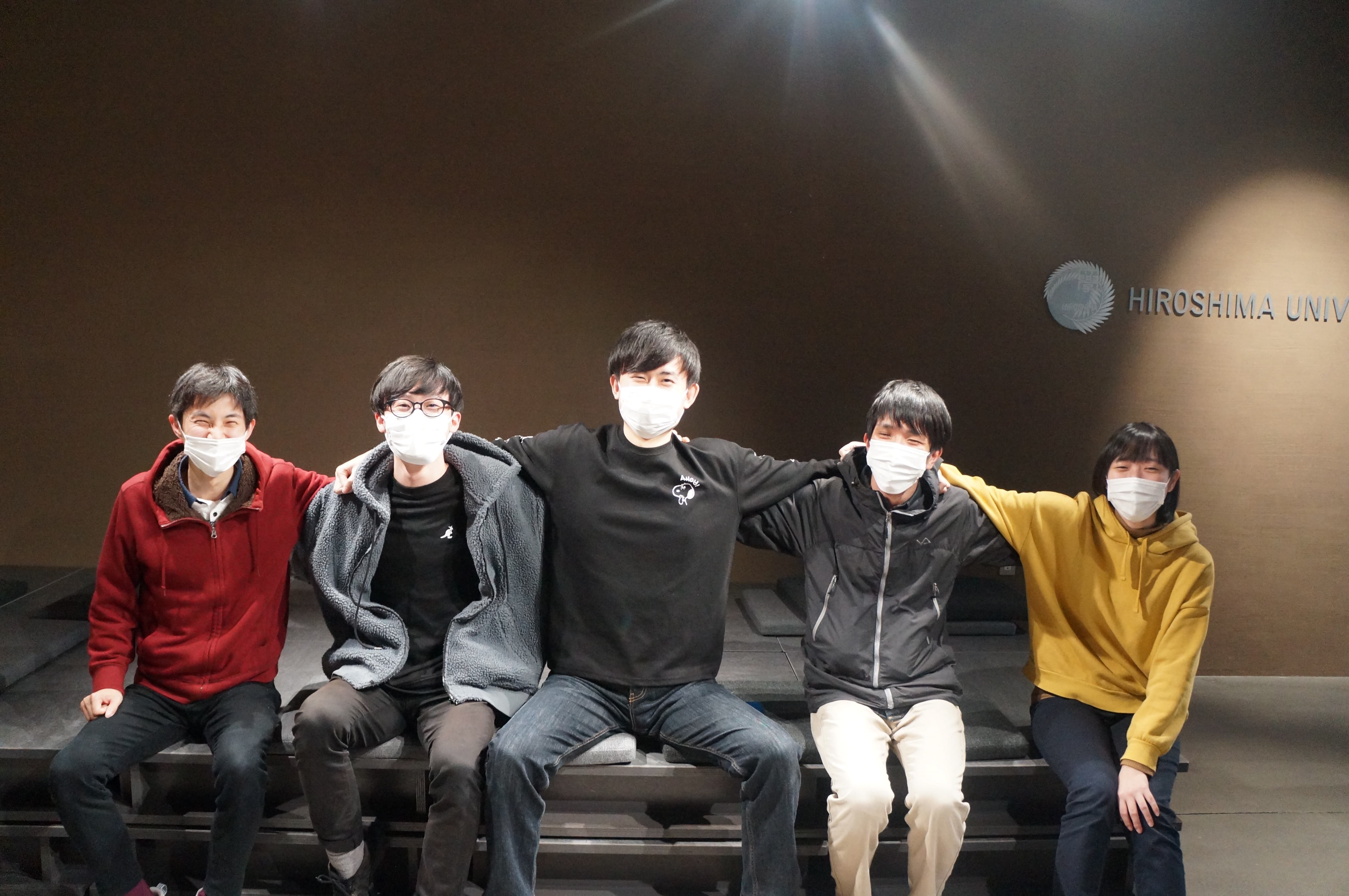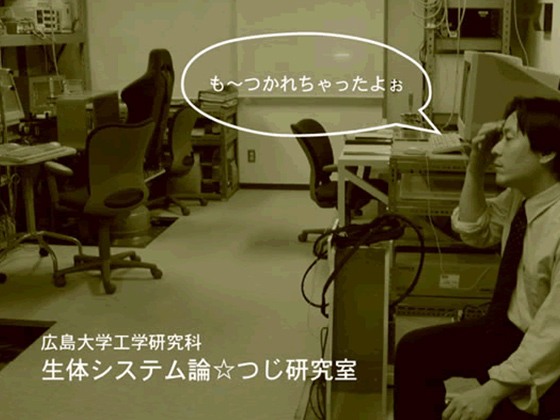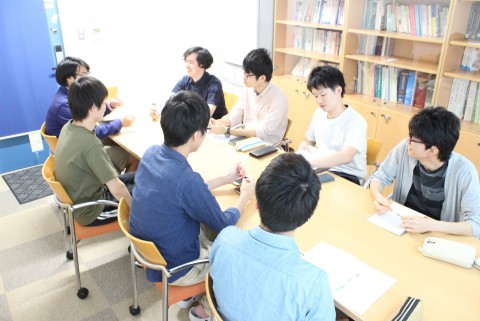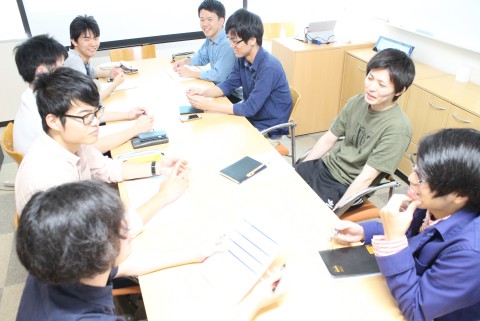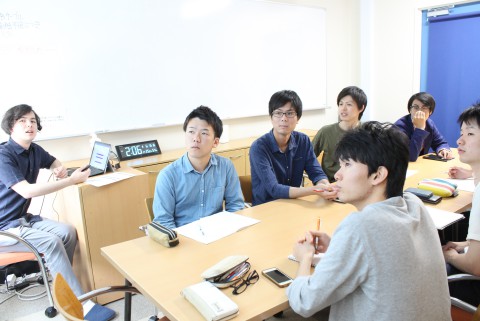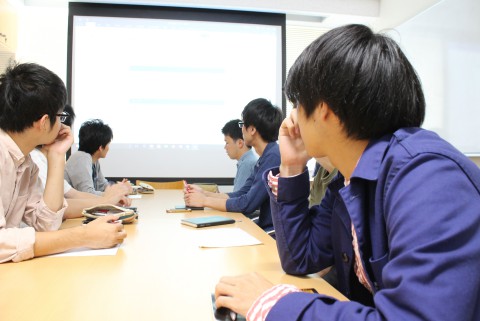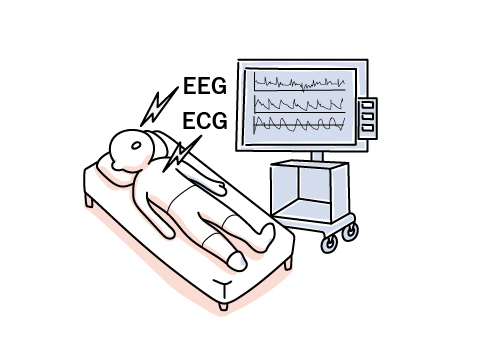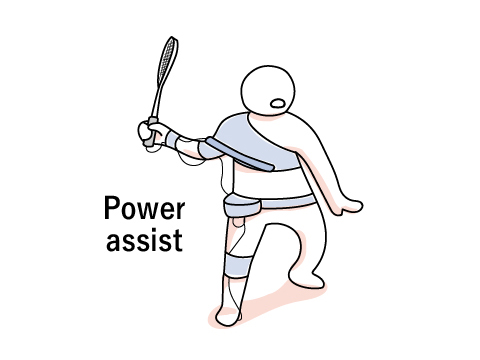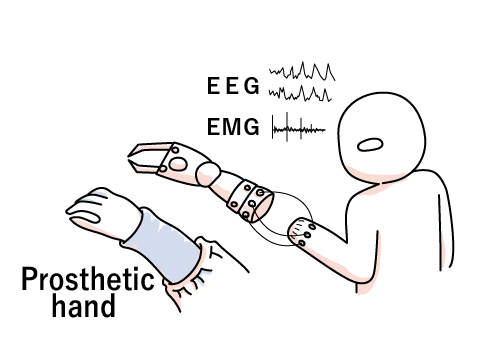Latest papers
Non-Gaussian Modeling of Sleep EEG Based on a Skewed Scale Mixture Structure and its Application to Sleep Stage Analysis
Miyari Hatamoto, Akira Furui, Keiko Ogawa, and Toshio Tsuji
Biomedical Signal Processing and Control, Volume 109, 107947, doi.org/10.1016/j.bspc.2025.107947, Available online 5 May 2025 (SCIE, IF=4.9)
URL
PDF
Assessing the acute effect of compression socks on improving arterial compliance in young volunteers
Kosuke Morinaga, Masako Nakahara, Kotaro Matsura, Shigekazu Ishihara, Yasuhiro Idobata, Takafumi Kobata, and Toshio Tsuji
Heliyon, Volume 11, Issue 1, e41704, pp.1-11, doi.org/10.1016/j.heliyon.2025.e41704, January 30, 2025. (SCIE, IF=3.4)
URL
PDF
Risk of Autism Spectrum Disorder at 18 Months of Age is Associated with Prenatal Level of Polychlorinated Biphenyls Exposure in a Japanese Birth Cohort
Hirokazu Doi, Akira Furui, Rena Ueda, Koji Shimatani, Midori Yamamoto, Akifumi Eguchi, Naoya Sagara, Kenichi Sakurai, Chisato Mori, and Toshio Tsuji
Scientific Reports, volume 14, Article number: 31872, doi.org/10.1038/ s41598-024-82908-4, Published: 30 December 2024. (SCI, IF=3.8)
URL
PDF
Epileptic seizure detection using a recurrent neural network with temporal features derived from a scale mixture EEG model
Akira Furui, Ryota Onishi, Tomoyuki Akiyama, and Toshio Tsuji
IEEE Access, Volume: 12, pp.162814-162824, Digital Object Identifier:10.1109/ACCESS.2024.3487637, Date of Publication: 29 October 2024 (SCI, IF=3.4)
URL
PDF
Cognitive screening test for rehabilitation using spatiotemporal data extracted from a digital trail making test part-A
Kouki Kubo, Seiji Hama, Akira Furui, Tomohiko Mizuguchi, Akiko Yanagawa, Akihiko Kandori, Hiroto Sakai, Yutaro Morisako, Yuki Orino, Maho Hamai, Kasumi Fujita, Shigeto Yamawaki, and Toshio Tsuji
Heliyon, Volume 10, Issue 13, e33135, pp.1-13, doi.org/10.1016/j.heliyon.2024.e33135, 14 June 2024. (SCI, IF=3.4)
URL
PDF
Low-intensity pulsed ultrasound improves symptoms in patients with Buerger disease: a double-blinded, randomized, and placebo-controlled study
Farina Mohamad Yusoff, Masato Kajikawa, Takayuki Yamaji, Shinji Kishimoto, Tatsuya Maruhashi, Ayumu Nakashima, Toshio Tsuji, and Yukihito Higashi
Scientific Reports, volume 14, Article number: 13704, doi.org/10.1038/s41598-024-64118-0, Published online: 14 June 2024. (SCI, IF=4.6)
URL
PDF
Finger-tapping Motion Recognition Based on Skin Surface Deformation Using Wrist-mounted Piezoelectric Film Sensors
Shumma Jomyo, Akira Furui, Tatsuhiko Matsumoto, Tomomi Tsunoda, and Toshio Tsuji
IEEE Sensors Journal, Volume: 24, Issue: 11, pp.17876 – 17884, doi: 10.1109/JSEN.2024.3386333, Date of Publication: 15 April 2024. (SCI, IF=4.3)
URL
Simultaneous Motion and Respiration Measurement in Adult Zebrafish Based on the Instantaneous Spatial Distribution of Separated Ventilatory Signals
Zu Soh, Saki Maruko, Manaru Fujita, Shin Wakitani, Masayuki Yoshida, and Toshio Tsuji
IEEE Transactions on Instrumentation and Measurement, vol. 73, pp. 1-9, 2024, Art no. 9509209, doi: 10.1109/TIM.2024.3387502. (SCI, IF=5.6)
URL
Correlation analysis between echinocytosis stages and blood viscosity during oxygenator perfusion: an in vitro study
Shigeyuki Okahara, Satoshi Miyamoto, Zu Soh, Masaru Yoshino, Hidenobu Takahashi, Hideshi Itoh, and Toshio Tsuji
ASAIO Journal, 70(11), pp.938-945, DOI: 10.1097/MAT.0000000000002214, November 2024. (SCI, IF=3.1)
URL
Representative papers
Human Hand Impedance Characteristics during Maintained Posture in Multi-Joint Arm Movements
T. Tsuji, P. Morasso, K. Goto, and K. Ito
Biological Cybernetics, Vol.72, pp.475-485, 1995.
A Log-Linearized Gaussian Mixture Network and Its Application to EEG Pattern Classification
T. Tsuji, O. Fukuda, H. Ichinobe, and M. Kaneko
IEEE Transactions on Systems, Man, and Cybernetics-Part C: Applications and Reviews, Vol. 29, No. 1, pp. 60-72, February 1999.
A Recurrent Log-linearized Gaussian Mixture Network
T. Tsuji, N. Bu, M. Kaneko, and O. Fukuda
IEEE Transactions on Neural Networks, Vol.14, No.2, pp.304-316, March 2003.
A Human-Assisting Manipulator Teleoperated by EMG Signals and Arm Motions
O. Fukuda, T. Tsuji, M. Kaneko and A. Otsuka
IEEE Transactions on Robotics and Automation, Vol.19, No.2, pp.210-222, April 2003.
Quantitative Evaluation of Pain during Electrocutaneous Stimulation using a Log-Linearized Peripheral Arterial Viscoelastic Model
H. Matsubara, H. Hirano, H. Hirano, Z. Soh, R. Nakamura, N. Saeki, M. Kawamoto, M. Yoshizumi, A. Yoshino, T. Sasaoka, S. Yamawaki, and T. Tsuji
Scientific Reports, volume 8, Article number: 3091, doi:10.1038/s41598-018-21223-11, Published online: 15 February 2018.
Continuous Blood Viscosity Monitoring System for Cardiopulmonary Bypass Applications
S. Okahara, Z. Soh, S. Miyamoto, H. Takahashi, S. Takahashi, T. Sueda, and T. Tsuji
IEEE Transactions on Biomedical Engineering, Vol.64, No.7, pp. 1503-1512, DOI:10.1109/TBME.2016.2610968, JULY 2017.
Assessment of Lower-limb Vascular Endothelial Function Based on Enclosed Zone Flow-mediated Dilation
H. Hirano, R. Takama, R. Matsumoto, H. Tanaka, H. Hirano, Z. Soh, T. Ukawa, T. Takayanagi, H. Morimoto, R. Nakamura, N. Saeki, H. Hashimoto, S. Matsui, S. Kishimoto, N. Oda, M. Kajikawa, T. Maruhashi, M. Kawamoto, M. Yoshizumi, Y. Higashi, and T. Tsuji
Scientific Reports, volume 8, Article number: 9263, doi:10.1038/s41598-018-27392-3, Published online: 18 June 2018.
A computational model of internal representations of chemical gradients in environments for chemotaxis of Caenorhabditis elegans
Z. Soh, K. Sakamoto , M. Suzuki , Y. Iino, and T. Tsuji
Scientific Reports, volume 8, Article number: 17190, doi:10.1038/s41598-018-35157-1, Published online: 21 November 2018.
A Scale Mixture-based Stochastic Model of Surface EMG Signals with Variable Variances
A. Furui, H. Hayashi, and T. Tsuji
IEEE Transactions on Biomedical Engineering, DOI: 10.1109/TBME.2019.2895683, Date of Publication: 28 January 2019.
A myoelectric prosthetic hand with muscle synergy-based motion determination and impedance model-based biomimetic control
A. Furui, S. Eto, K. Nakagaki, K. Shimada, G. Nakamura, A. Masuda, T. Chin, and T. Tsuji
Science Robotics, Vol. 4, Issue 31, eaaw6339, DOI: 10.1126/scirobotics.eaaw6339, 26 June 2019.
Markerless Measurement and Evaluation of General Movements in Infants
T. Tsuji, S. Nakashima, H. Hayashi, Z. Soh, A. Furui, T. Shibanoki, K. Shima, and K. Shimatani
Scientific Reports, volume 10, Article number: 1422, doi:10.1038/s41598-020-57580-z, Published online: 29 January 2020.



